Hawaii Part 5: Kona — Where Coffee is King
KONA, HAWAII — When you think of the Kona district on the Big Island, it’s hard not to think of coffee immediately.
The first coffee was planted in Kona around 1828 by missionary Samuel Ruggles, where it thrived because of the mineral-rich volcanic soil.
It is now Kona’s most famous crop and probably its most expensive. You’ll find top-grade Kona coffee selling for upwards of $38 a pound. Don’t be fooled by the so-called “Kona Blends.” Yes, they’re cheaper — but for a reason. The blends are required to contain only 10 percent Kona coffee. The rest can be made up of much cheaper coffee from elsewhere around the world.
Kona coffee may get even more expensive in the future, as farmers have had to do battle with a pesky, virulent beetle that has been attacking the berries for the past couple of years. Moreover, just like farming elsewhere, it remains a hard profession that younger generations are turning their backs on.
Tom Greenwell is a fourth-generation grower. His great-grandfather, British adventurer, Henry Nicholas Greenwell, was one of the first exporters of Kona coffee in the late 1800s. Today, Tom Greenwell carries on the family tradition, overseeing Greenwell Farms, where the planting and picking are still done by hand on 35 lush acres.
Recently, I had a chance to tour the farm with Tom Greenwell during my trip to Hawaii, courtesy of the Hawaii Visitors and Convention Bureau.
Before you even stick your head into the roasting building, the sweet aroma of roasty-toasty beans hits you. It’s like coffee syrup aromatherapy.
Greenwell Farms grows about 280,000 pounds of coffee annually. Small white flowers begin to bloom on the coffee trees in by February, followed by green berries in April. From August through February, the red fruit, known as a “cherry” (because it looks similar to one) has ripened and is ready for picking.
The fruit is separated from the seed or bean with a machine known as a pulper. The beans are fermented overnight, then rinsed before being spread out on a rooftop to dry for at least 30 days. After that, the beans go into the roaster for about 15 minutes.
Connoisseurs say the beans should never be roasted until very dark because that destroys the natural nuttiness, sweetness and smoothness that Kona coffee is known for.
You can be the judge of that at the end of the free tour, which is open to the public daily, when you can taste all the roasted variations of Kona coffee that Greenwell sells. If you visit on a Thursday afternoon, you’re in for another treat, as members of the Kona Historical Society regularly bake traditional Portuguese bread in a large wood-fired oven in the pasture not far from the farm store. The fresh-baked bread is available for purchase that afternoon, too.
Unfortunately, I missed being there on a Thursday for the heavenly, sweet bread. But I managed to partake of a bevy of other good eats when I was invited to be a judge at the 41st Annual Kona Coffee Cultural Festival Recipe Contest.
Held at the Sheraton Keauhou Bay Resort & Spa Convention Center, the contest showcased 35 recipes — all using Kona coffee in some form or another — by professional chefs, amateur cooks and culinary students who competed separately in seven categories.
We 15 judges — which included last year’s winners in the professional chefs categories — were split into groups of three to judge two categories apiece. Yours truly got to help choose the winners of the professional chefs entrees and amateur cooks entrees, who took home trophies and cash or gift card prizes ranging from $50 to $500.
It was fascinating to see the creative ways people found to cook with coffee. For instance, eggplant marinated in coffee? Who would have thunk? But that flavorful pumpernickel crostini topping won Woody and Avia Plaut second place in the amateur entrees category. They were just edged out by the moist and juicy “Kona Kickin’ Chicken” by Kelli Siefke for first place; but beat out third-place “Kona Coffee Braised Beef” by Barbara Kossow.
In the professional entrees category, third place went to a beautifully plated “Coffee-Braised Wild Boar Ravioli with Hamakua Mushrooms and Puna Ricotta” by Chef Angela Kenyon of the Four Seasons Resort Hualalai; second-place to the fanciest taters ever in “Kona Coffee Happy Shrimp on Potato Skins” by Chef Arthur Mangayayam of the Keauhou Kona Yacht Club; and the grand prize to “Kona Coffee-Rubbed Smoked Brisket Served with 100 Percent Kona Coffee Barbecue Sauce” by Chef Mike Lamb of Mike’s Just Barbecuing.
The brisket was the first dish I tasted. From the first bite, I knew immediately it would score toward the top. How can it not with brisket that’s a powerhouse of spicy, sweet, earthy coffee flavors and smoked for 14 hours until it’s like meat butter in your mouth?
If you’re ever at the Kona International Market Food Court, you can taste it for yourself. Mike’s Just Barbecuing has a cafe stand there with the brisket on the menu. Don’t pass it up.
Hawaii Part 1: The Unique Honolulu Fish Auction
Hawaii Part 2: Pioneering Oahu Chefs
Hawaii Part 3: A Tale of Two Farmers
Hawaii Part 4: Four Magnificent Meals on Maui

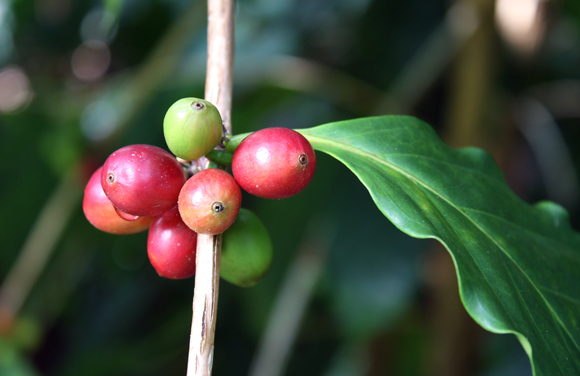
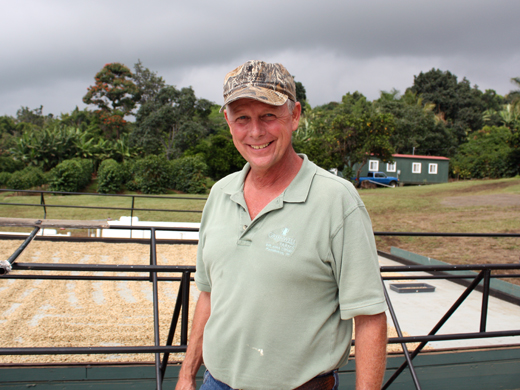
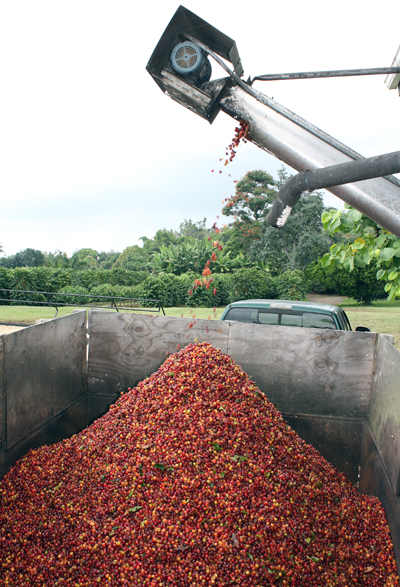
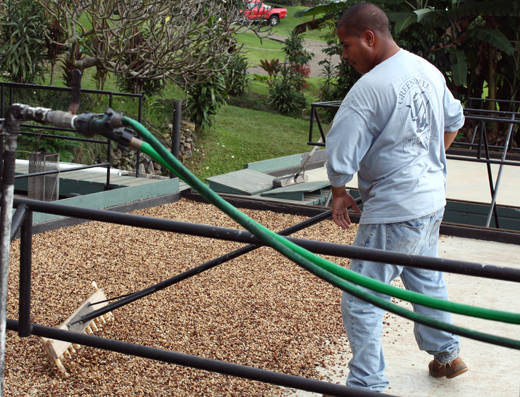
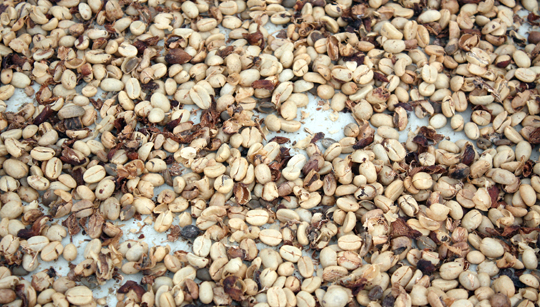
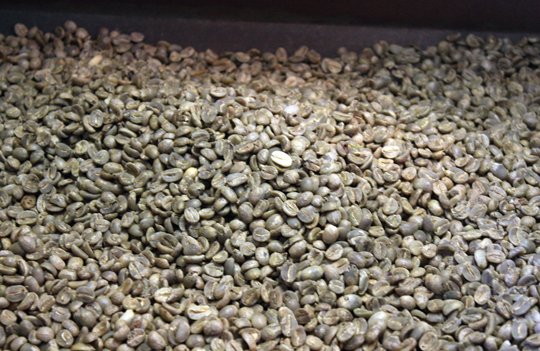
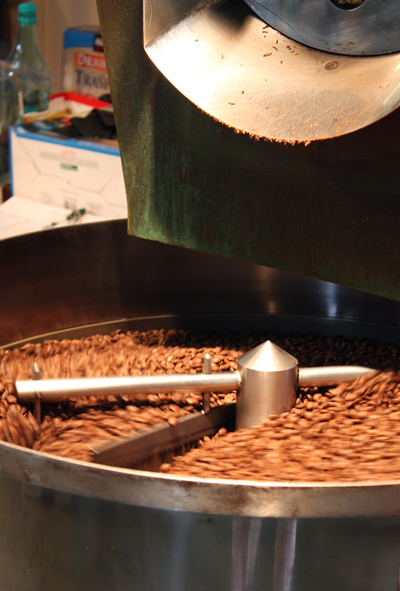
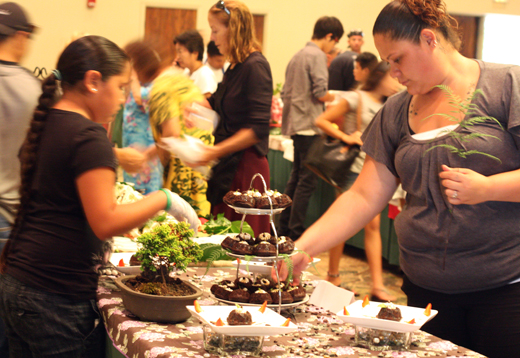
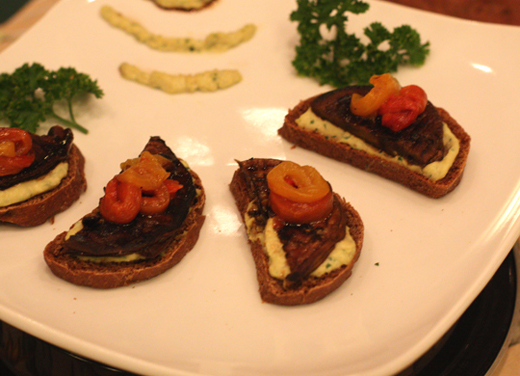

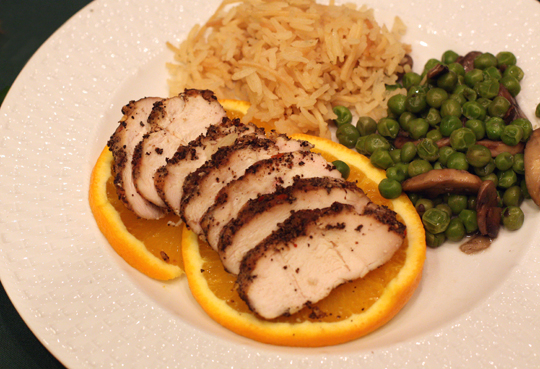
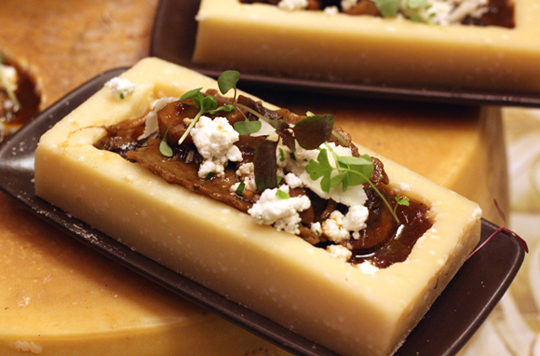
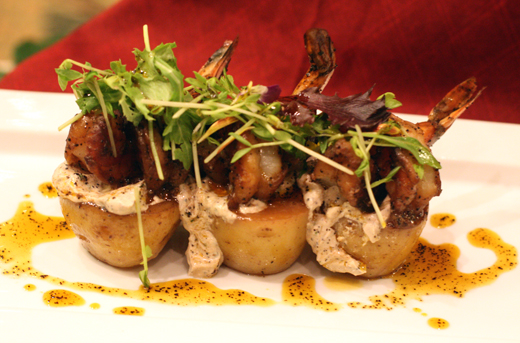
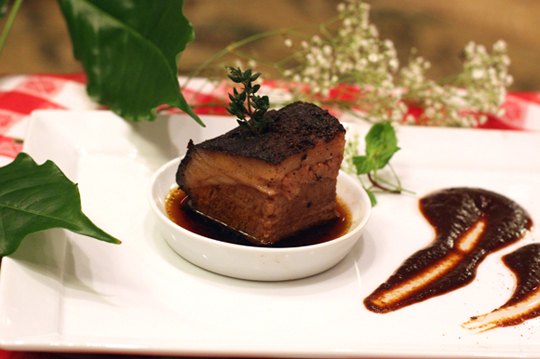

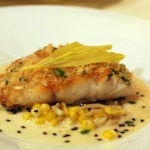
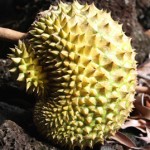
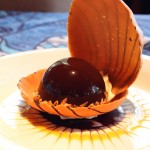
Mmmhh, those dishes look great! I should try to cook mkore with coffee.
Cheers,
Rosa
How neat to visit the coffee farm. You always learn so much when you visit a producer.
I love coffee coated steak and I think the last one I had actually used Kona coffee! Even though I don’t drink a lot of coffee, I do love the flavour
Carolyn, lucky you to be in Hawaii. A little jealous over here:)
Your story of the plantation reminded me of our time in Bali where we got to smell coffee flowers in bloom. The smell was amazing!
Wishing you safe travels,
-E
I love kona coffee and oh I wish I was there to eat all these food! So interesting and I can’t imagine the flavors, especially coffee with meat? Wow!
I love coffee and to see how it’s made, from start to finish, must have been super awesome! Plus that meal…swoon.
Does he sell the green beans or only roasted?
Great post! After out first visit to Hawaii, I used to order ALL our coffee from there….online.
Nate: Yes, Greenwell does sell green coffee beans so that you can roast your own.
Must be nice to visit the coffee town. This is a nice post, Carolyn. Have a great week ahead!
~ ray ~
I’ve never heard of cooking with coffee. Those dishes all look so elegant and tasty, definitely something i’d like to try now.
Those some super creative dishes with coffee, what a great experience!
I also love coffe & to see how it is made it is just great!
Great post & excellent informative pictures!
I love to drink 100% pure Kona Coffee because the taste and aroma is just irresistible. Nice to read your post. The images of dishes look awesome and delicious. Thanks for sharing such kind of an informative post.